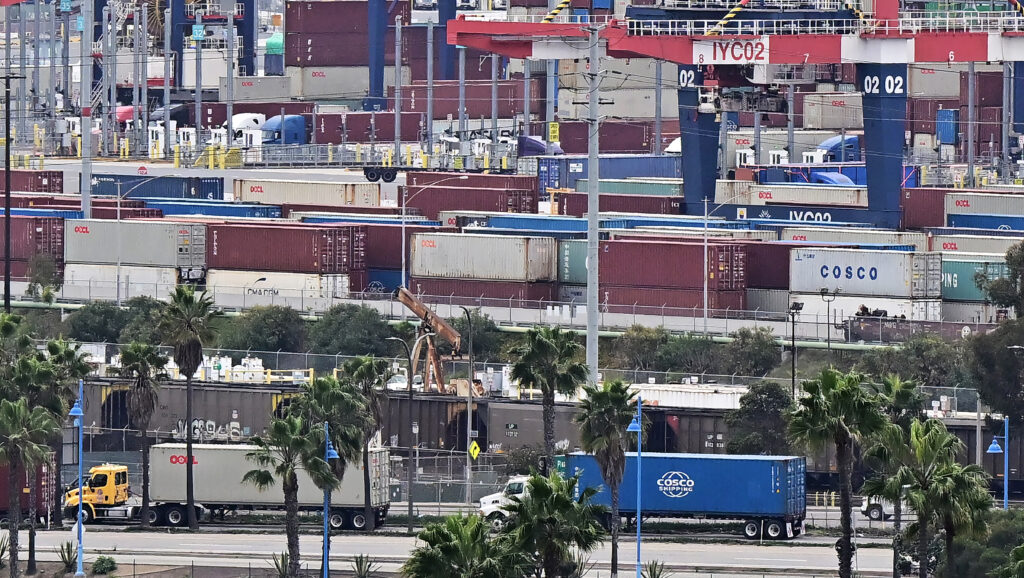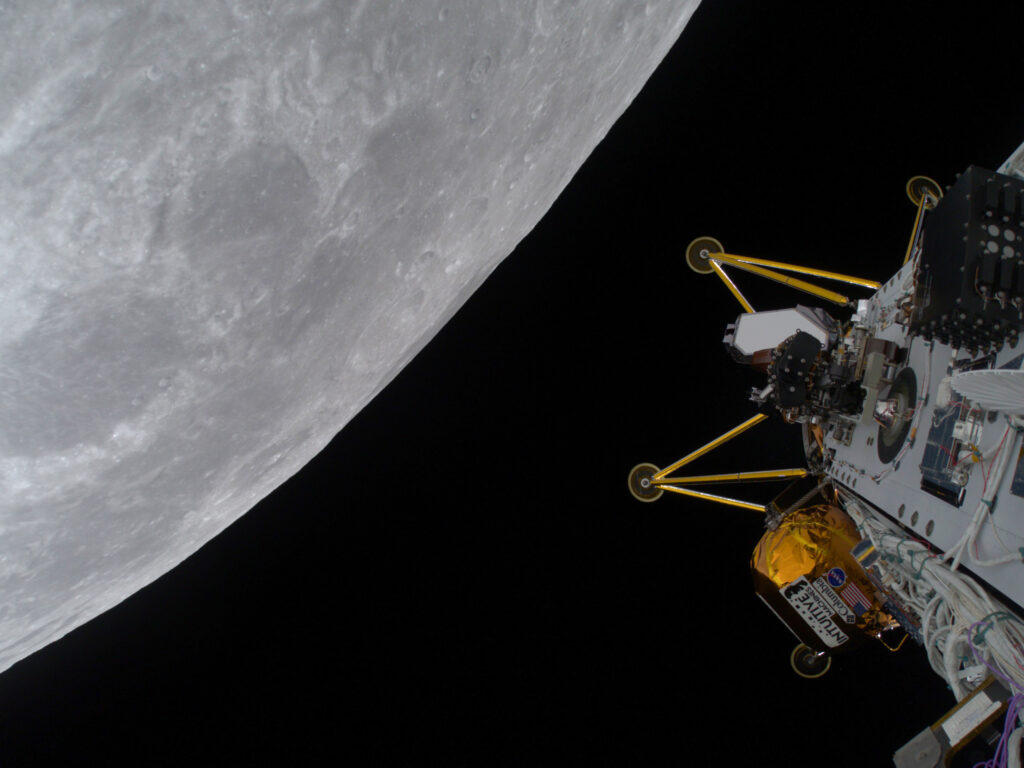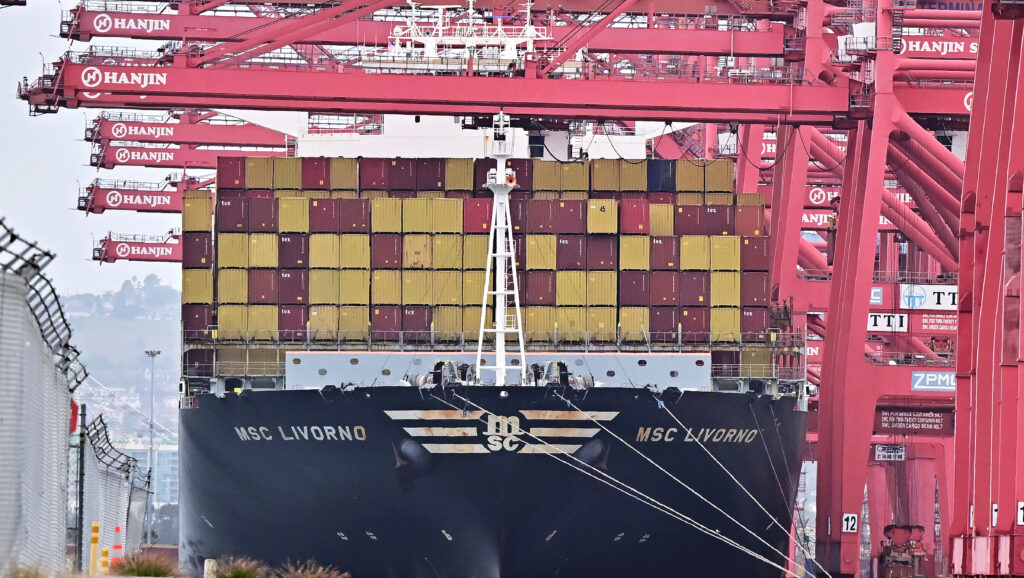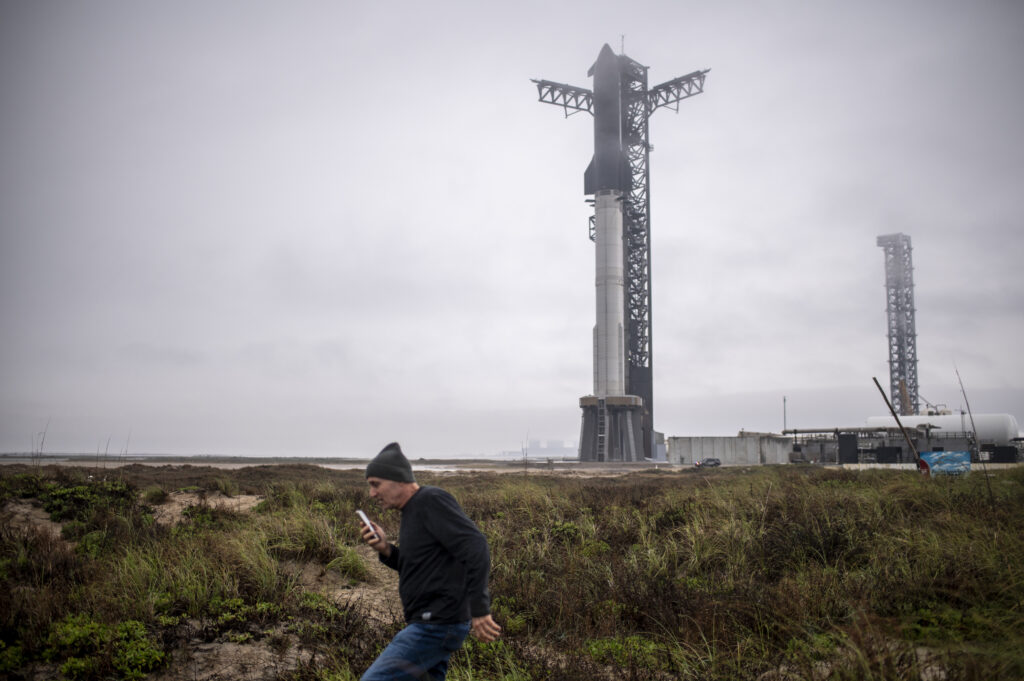US and European stocks gyrate on tariffs and growth
Wall Street stocks resumed their downward slide on Thursday amid uncertainty over US President Donald Trump’s shifting trade policy, while European bourses advanced following an ECB interest rate cut.Major US indices spent the entire day in the red, shrugging off Trump’s moves to soften tariff actions.Trump on Thursday unveiled a temporary rollback to steep tariffs targeting Canada and Mexico, broadening a step announced Wednesday that gave relief to the auto sector. Stocks had rallied after the auto reprieve, but this time all three major indices dropped one percent or more.Art Hogan of B. Riley Wealth Management said the uncertainty around trade policy is “affecting the real economy,” dragging down consumer sentiment and business investment.”The longer that goes on, the more the economy slows,” he said.In Europe, Frankfurt’s DAX index hit a new record as plans for a massive German defense and infrastructure investment program stoked optimism for pulling the eurozone’s largest economy out of recession.France and other eurozone markets ended the day higher as the European Central Bank followed through with an expected quarter-point cut in interest rates.But ECB President Christine Lagarde said that rising trade tensions could knock eurozone economic growth.”We have risks all over and uncertainty all over,” Lagarde added.The ECB cut its growth forecasts for this year and the next while raising its 2025 inflation estimate.Meanwhile, bond yields continued to climb, and the rise extended to Asia, with Japanese 10-year yields hitting 1.5 percent for the first time in more than a decade.The increase signals expectations of higher inflation and that governments, companies and consumers will need to pay more to borrow.- Asia rises -Wednesday’s announcement of the tariff delay buoyed Asian stock markets, in particular lifting the auto sector.The move “helped reinforce hopes there may be some flexibility in the new administration’s trade policy,” said AJ Bell investment director Russ Mould.Chinese stocks responded well to Beijing announcing its 2025 growth target of around five percent, at the start of its annual meeting of the National People’s Congress on Wednesday.The meeting has heightened investors’ expectations that a huge fiscal stimulus package could be coming. China has vowed to make domestic demand its main economic driver despite facing persistent economic headwinds, and as an escalating trade war with the US hit exports.- Key figures around 2150 GMT -New York – Dow: DOWN 1.0 percent at 42,579.08 (close)New York – S&P 500: DOWN 1.8 percent at 5,738.52 (close)New York – Nasdaq Composite: DOWN 2.6 percent at 18,069.26 (close)London – FTSE 100: DOWN 0.8 percent at 8,682.84 (close)Paris – CAC 40: UP 0.3 percent at 8,197.67 (close)Frankfurt – DAX: UP 1.5 percent at 23,419.48 (close)Tokyo – Nikkei 225: UP 0.8 percent at 37,704.93 (close)Hong Kong – Hang Seng Index: UP 3.3 percent at 24,369.71 (close)Shanghai – Composite: UP 1.2 percent at 3,381.10 (close)Euro/dollar: DOWN at 1.0787 from 1.0789 on WednesdayPound/dollar: UP at $1.2882 from $1.2895Dollar/yen: DOWN 147.97 from 148.88 yenEuro/pound: UP at 83.72 pence from 83.67 penceBrent North Sea Crude: UP 0.2 percent at 69.46 per barrelWest Texas Intermediate: FLAT at $66.31 per barrelburs-jmb/des









